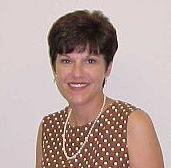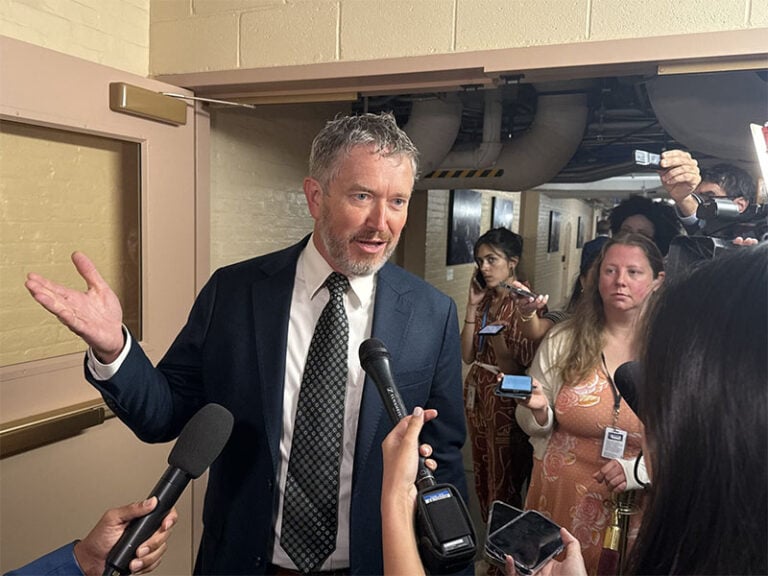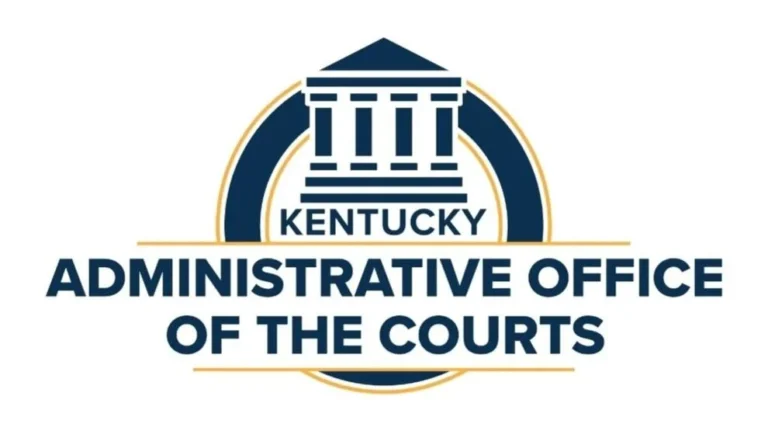State law requires Kentucky counties to do a physical examination of all their taxable real property parcels every four years. But with nearly half of all counties in the state using aerial imagery to help meet the requirement, the definition of “physical” is taking on a new meaning.
Fifty-seven of the state’s 120 counties, including the state’s two largest in population—Jefferson, with over 300,000 real estate parcels, and Fayette with around 110,000—use aerial image capture technology called Pictometry and related technology to inspect the sides of buildings and other locations on the ground and help them meet the state requirement. That led some on the Interim Joint Committee of Local Government to question whether use of the technology conflicts with state law.

Rep. Michael Meredith, R-Brownsville, pointed out current law specifies the need for a “physical examination” of all properties even though, he added, Office of Property Valuation Executive Director David Gordon testified at the meeting that “the IAAO (International Association of Assessing Officers) says digital imaging is OK.”
“It appears to me that right now, the statute—the state law on the issue—states a ‘physical examination’ every four years,” said Meredith.
Gordon admitted there is a difference between aerial imagery and an on-site inspection, telling the committee that he did on-site visits when he was Hopkins County Property Valuation Administrator. He said perhaps the term “physical examination” needs to be clarified by adding a definition to the statute.
“We don’t have a statutory definition of a physical examination,” said Gordon.

Local Government Committee co-chair Rep. Steve Riggs, D-Louisville, said he has “struggled” with the issue of what constitutes a physical examination of property. He said he wasn’t as concerned, however, after consulting a dictionary definition of “physical” and finding that “sight” is included therein.
“You don’t have to be present 60 feet in front of (something) to look at it. You can use other tools to look at it,” said Riggs, who presided over the meeting.
Jefferson County PVA Tony Lindauer told the committee that his county found an additional $35 million in previously undocumented property the first year his office used Pictometry. The ability to avoid obstacles like guard dogs and unwelcoming property owners makes the system work for his county, he explained.
Fayette County PVA David O’Neill said in response to a question from Rep. Jonathan Shell, R-Lancaster, that while Fayette County uses Pictometry, his office will continue to go out in the field and do physical inspections of parcels for the foreseeable future.
“As long as I have the resources to be on the property…we will do so,” he said.

Laurel County PVA Joyce Parker—whose county does not yet have Pictometry—told the committee that she has priced the technology at around $70,000 per countywide overhead inspection, also called a fly-over.
“I would love to have it, I just can’t afford it,” Parker said of the new technology.
If her office gets the technology, her view of it is similar to O’Neill’s. Parker said her office would continue to do on-site examinations, “but the aid of Pictometry would help me find changes out in my counties that I am pressed to find today” because of a lack of staff and other resources.
Counties like Laurel that don’t have the technology could get it eventually one way or another. Gordon said his office is requesting funding be placed in the next state budget to provide Pictometry technology to all county PVA offices, and any state offices interested in using it.
“So we’ll see where it gets to in the next budget,” he told the committee.
The committee also discussed annual revaluation of property with PVAs and state officials, and received a presentation on real estate appraisal and property valuation from the University of Louisville Urban and Public Affairs Department’s Dr. John Gilderbloom.
From LRC





















